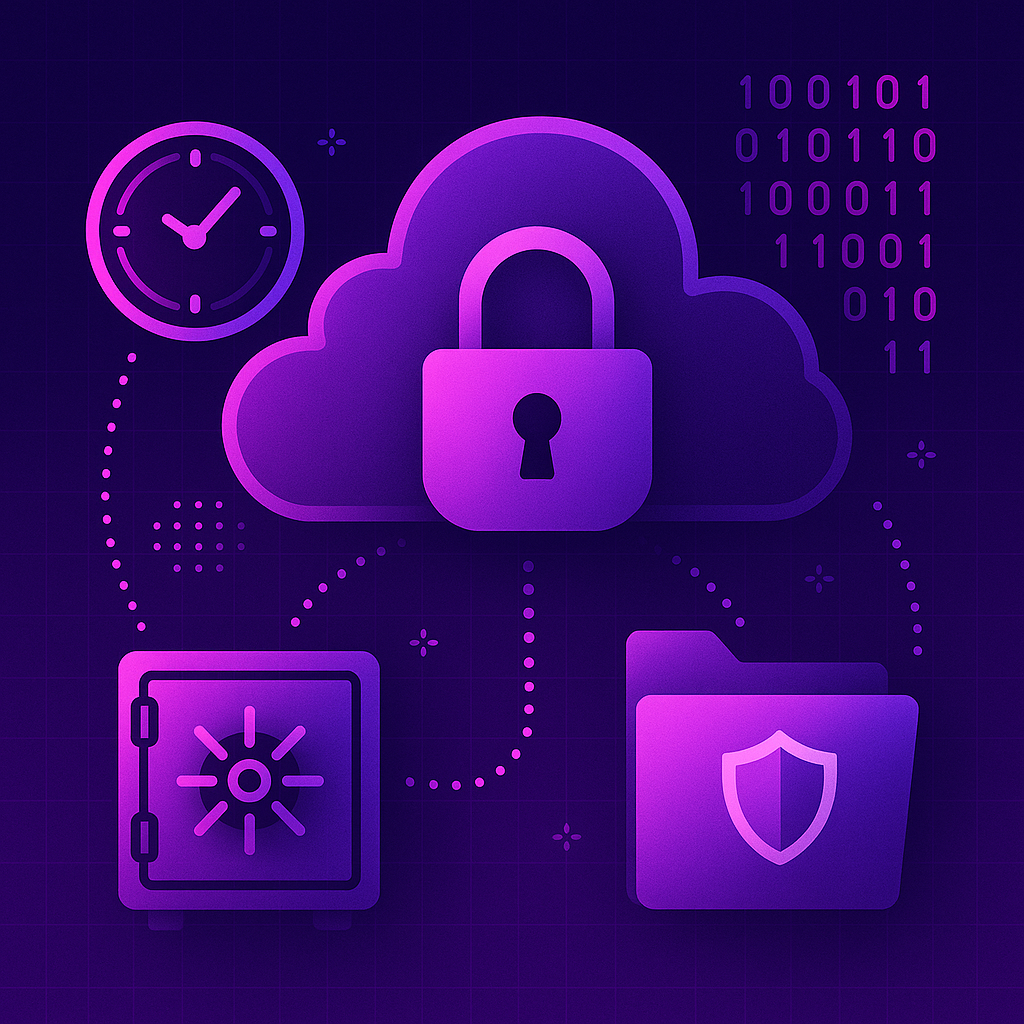What Are SAS Tokens and Why Should You Care?
Shared Access Signatures (SAS tokens) are a critical part of modern cloud security. They grant time-limited and permission-scoped access to Azure Storage resources without exposing your account key. In scenarios like File Uploads with Zero Listening Ports, SAS tokens enable a secure, serverless architecture. This means users can upload files directly to cloud storage—without your server ever needing to listen for incoming files—minimizing exposure and attack surfaces. SAS tokens empower developers to maintain agility while reducing risks in file handling processes, making them indispensable in secure and scalable cloud applications.
The Power of Temporary Permissions and Digital Vaults
A major advantage of SAS tokens is their ability to grant temporary, specific permissions. Whether you’re granting read-only access for 10 minutes or write-only access for an hour, you maintain precise control over who can do what—and when. This approach transforms cloud storage into Digital Vaults, safeguarding sensitive data with a combination of encryption, time sensitivity, and restricted access. By not sharing the storage account keys, SAS tokens provide a secure, temporary keyhole into your storage environment, making them ideal for regulated industries and privacy-sensitive applications that demand airtight access controls.
How SAS Tokens Support Cloud Microsegmentation
Microsegmentation in cloud architecture is all about breaking environments into smaller, isolated zones to reduce lateral movement in case of a breach. SAS tokens complement this strategy perfectly by enabling granular access to data resources. Instead of granting broad access to an entire storage account, developers can issue SAS tokens scoped down to a single blob or container. This limits potential exposure and fits neatly into a zero-trust model. The result? A microsegmented cloud environment where users and services can only access what they absolutely need—nothing more, nothing less.
SD-WAN Under the Hood: How SAS Tokens Streamline Edge Access
In distributed environments using SD-WAN Under the Hood, managing access to centralized cloud resources can be tricky. SAS tokens simplify this by enabling secure, token-based access for edge locations without the need to manage complex VPNs or tunnels. This facilitates smoother interactions between cloud storage and remote branches or edge devices. Instead of routing traffic through a central point, SAS tokens empower edge nodes to securely interact with cloud services independently. This reduces latency, boosts performance, and keeps the security model consistent across a dynamic network architecture.
Types of SAS Tokens: Account-Level vs. Service-Level
There are two primary types of SAS tokens: Account SAS and Service SAS. Account SAS grants access to multiple services (Blob, File, Queue, Table), while Service SAS focuses on specific storage resources. Choosing the right type depends on your use case. For example, Service SAS is ideal for allowing temporary upload access to a specific file container, whereas Account SAS might be needed for broader data migration tasks. Understanding the scope and limitations of each type ensures you’re applying least-privilege access—a key principle in cloud security best practices.
Security Risks and How to Mitigate Them
While SAS tokens are secure by design, misuse can introduce vulnerabilities. Long-lived tokens or tokens with excessive permissions can become security liabilities if leaked. To mitigate these risks, always generate SAS tokens with minimal required privileges and the shortest viable lifespan. Additionally, log usage and consider implementing IP address restrictions. If a token is ever compromised, it’s crucial to have revocation strategies in place, such as rotating the storage account key. Monitoring and automation tools can help enforce these policies at scale, ensuring a resilient token management strategy.
Real-World Use Cases and Implementation Best Practices
SAS tokens are widely used across industries. In media, they enable time-bound access to video content. In healthcare, they’re essential for HIPAA-compliant sharing of medical images. In software development, they allow secure CI/CD pipelines to push build artifacts to cloud storage. Best practices include automating token generation through secure APIs, embedding tokens in short-lived URLs, and using managed identities where possible. When combined with network controls and auditing, SAS tokens offer a powerful mechanism for secure, scalable cloud storage access tailored to modern business needs.
Conclusion: SAS Tokens – Precision Security for the Cloud Era
Shared Access Signatures (SAS tokens) are more than just a method for granting access—they’re a blueprint for secure, controlled, and efficient data sharing in the cloud. From enabling file uploads without open ports, to supporting digital vault models, microsegmentation, and SD-WAN-based architectures, SAS tokens offer unparalleled flexibility without compromising security. When used correctly, they empower organizations to uphold zero-trust principles, streamline operations, and scale securely. As cloud ecosystems grow more complex, SAS tokens stand out as a lightweight yet powerful tool for meeting the modern demands of access control.





